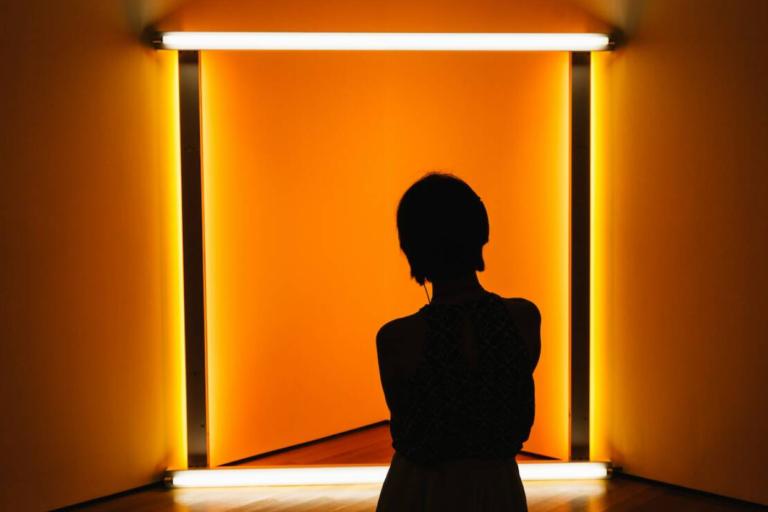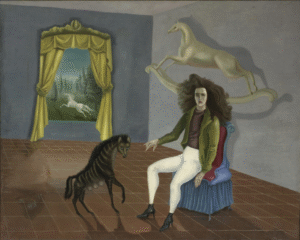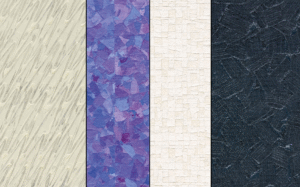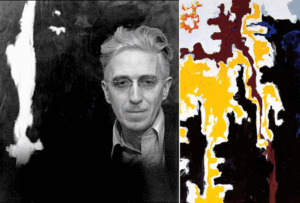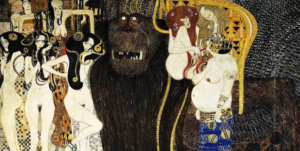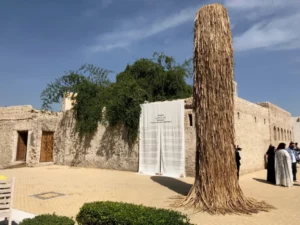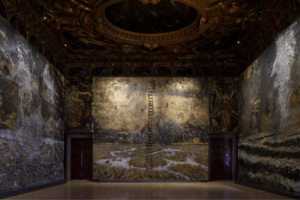The contemporary art movement is characterized by its constant evolution and rejection of traditional art forms and techniques. From provocative installations that make us question reality to vibrant street art that transforms our urban landscapes, contemporary art is a visual interaction that challenges us to experience the world differently.
Contemporary art is best known for its experimentation and innovation with artists often exploring social, political, societal, cultural, and environmental issues through their themes. The contemporary art movement emerged in the mid-20th century. In the 1960s, the Pop Art movement rose in prominence to challenge consumer culture and mass media. The 1970s then saw the rise of Minimalism. And by the 1980s, the Neo-Expressionism movement gained a strong following. Since the 1990s, contemporary art has evolved with artists from all over the globe contributing to the movement while reflecting and taking creative inspiration from the mood and spirit of each era. Let’s take a deeper look at 6 of the most significant contemporary art movements today.
1. Conceptual Art
Conceptual art came into power in the 1960s and 1970s and placed an emphasis on the concept or idea behind the artwork being more important than the aesthetics or the physical art object itself. Conceptual artists are also notorious for their sense of humor, mischievously using irony and satire to critique the art world and society. The movement challenges traditional notions of how we should define and celebrate art.
Some of the best examples of conceptual art were brought to us by Marcel Duchamp, Piero Manzoni, and Maurizio Cattelan. French artist Duchamp’s iconic Fountain (1917), which he submitted to the Society of Independent Artists’ first exhibition in April 1917, is a sculpture that was literally an old, and most likely used, porcelain urinal that he flipped upside down. One of Italian artist Cattelan’s most recognized works is The Ninth Hour (1999), a life-sized effigy of Pope John Paul II pinned down by a meteorite. Manzoni was another Italian artist, and his most notorious work is the Merda d’Artista (1961) series, in which he filled 90 tin cans with his own excrement, labeling them with a title that translated to “artist’s shit.”
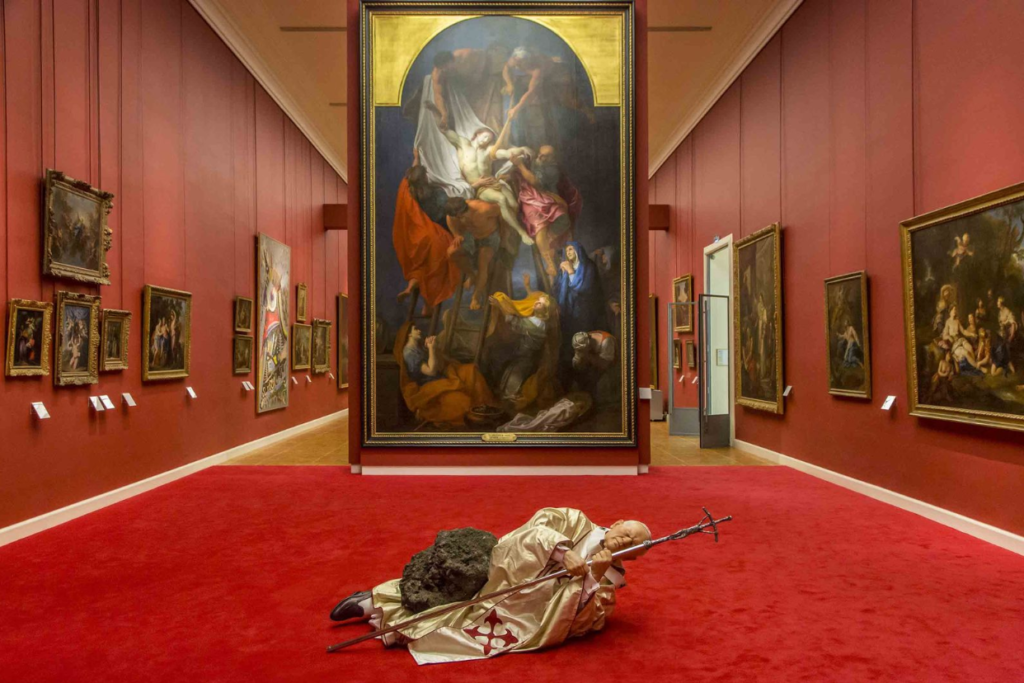
2. Minimalism
Minimalists believe that art doesn’t always need a defined narrative or symbolic meaning. Instead, their goal is to present a visual experience that encourages viewers to engage with the work on a sensory level and reject subjective interpretation. The most recognizable works of minimalism often consist of geometric shapes, like squares, rectangles, and circles. And the colors used in minimalist art are often limited to a few neutral or monochromatic tones.
Some of the most famous Minimalist artists include Dan Flavin, Donald Judd, and Richard Serra. One of American artist Judd’s most prominent works is his Stack (1967) series, which consisted of sculptures made from galvanized iron, which were identical in size and precisely displayed from floor to ceiling.
New Yorker Flavin’s sculptures consisted of fluorescent light tubes arranged in strategic configurations to manipulate the way light bounced in the spaces of the room. He would often install directly on the walls or ceiling of the exhibition space, producing illuminating works of art.
One of American sculptor Serra‘s most known works is his Torqued Ellipses (1996) series, which consisted of monumental site-specific steel sculptures that twisted, spiraled, and arced, which left audiences in awe of the feats of engineering and architecture in urban environments.
3. Land Art/Earth Art
Land art, also known as earth art, is an artistic movement that is characterized by large-scale, site-specific installations that utilize natural materials such as earth, rocks, and vegetation. Land artists sought to create works that were intimately connected to the environment and would ultimately change over time as natural processes, such as weathering and erosion, took their course.
Land artists often use the environment as both the subject and the material of their art, creating works that highlight the beauty and fragility of the natural world, especially at the hands of human intervention. Some land artists use the land to critique and comment on issues related to the environment, such as pollution, urbanization, and climate change.
Some of the most famous land artists include Robert Smithson, Walter De Maria, and Gordon Matta-Clark. One of American artist Smithson’s most noteworthy works is his Spiral Jetty (1970), a large-scale earthwork sculpture that consisted of a 1,500-foot-long spiral of rocks and earth that was built on the northeastern shore of the Great Salt Lake in Utah.
American artist De Maria is probably best known for his The Lightning Field (1977), a massive installation consisting of 400 stainless steel poles arranged in a grid in a remote desert in New Mexico. Matta-Clark is another American land artist and his most famous works come from the Building Cuts series (1972 – 78), in which he physically cut sections out of abandoned or condemned buildings, which exposed the underlying structures and materials and added new views and parallels into the architecture.
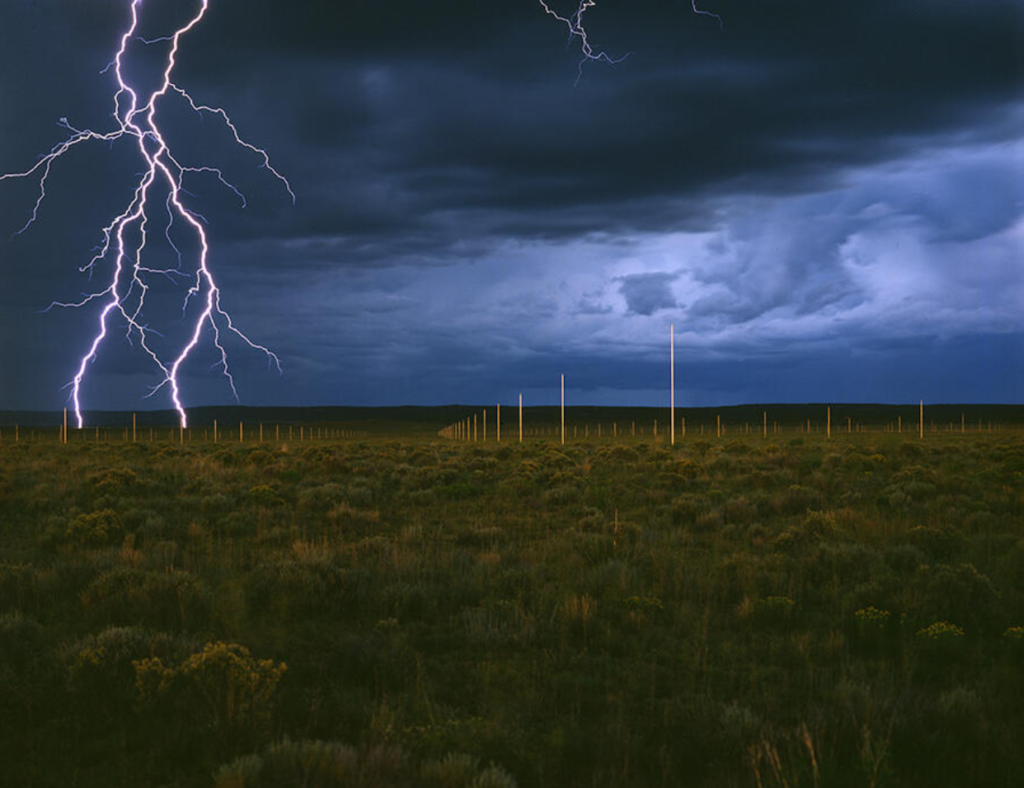
4. Video Art
Video art is a medium of art that uses video technology to create works of art, allowing artists to explore and demonstrate time and movement. Artists leverage video to capture and manipulate time, slowing it down, speeding it up, or even stopping it entirely – allowing them to experiment with different forms of storytelling and narratives.
Some of the best-known video artists include Nam June Paik, Bill Viola, and Joan Jonas. Their works are often immersive and thought-provoking, and they challenge viewers to think about the relationship between technology, media, and contemporary society.
One of Korean-born Paik’s most iconic works is his TV Buddha series, which was first produced in 1974. The artwork depicts a statue of an 18th-century Buddha in front of a television set, meant to create a dialogue between Eastern spirituality and Western media culture. And one of American video artist Viola’s most famous works is The Crossing (1996), a two-channel, room-sized video installation that depicts the journey of a man crossing a river from one world to another. This work reflects Viola’s fascination with spiritual themes and near-death experiences, which he encountered as a young boy.
American visual artist Jonas’s art has been celebrated for not only its innovative use of technology but its exploration of cultural and gender identity. One of Jonas’s most popular works is Vertical Roll (1972), a black-and-white video performance that challenges the medium’s technical limitations, such as technological glitches, which produced some unexpected and surreal effects.
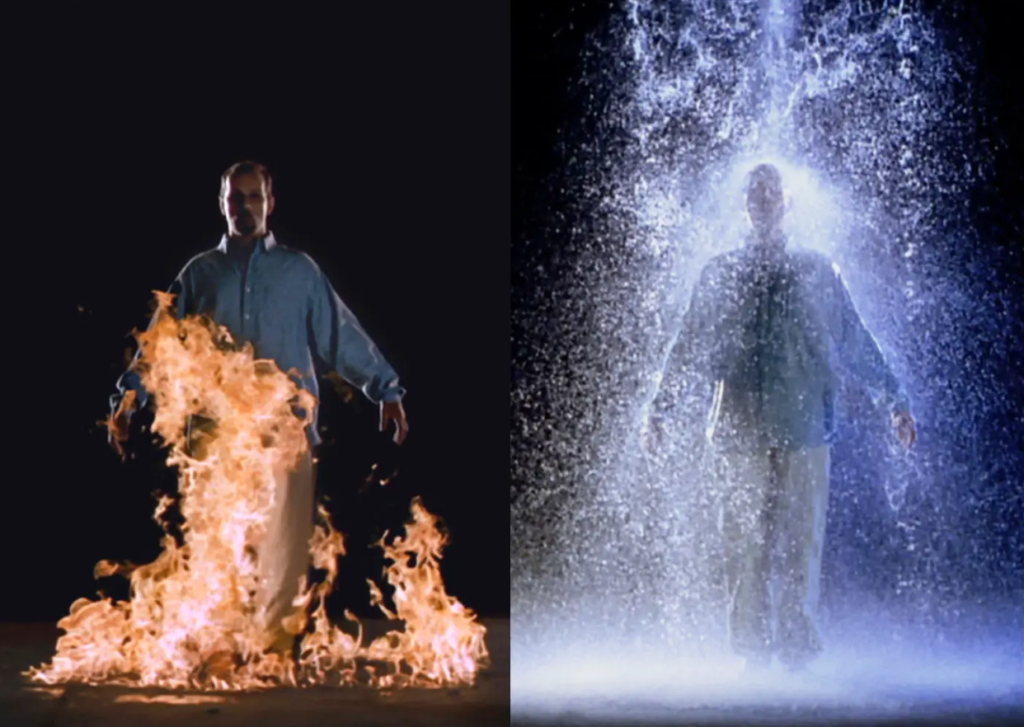
5. Text Art
In text art, artists use characters such as letters, numbers, and punctuation marks to create images or designs. Text art can range from simple designs and patterns to highly intricate and detailed images. Some artists use specialized software to create their text art, while others use more basic tools such as text editors or online generators.
Some of the best-known text artists include Jenny Holzer, Barbara Kruger, and Lawrence Weiner. American installation artist Holzer’s works often involve LED displays, projections, and installations that feature scrolling text, slogans, and aphorisms. One of Holzer’s most famous works is the Truisms series (1978-87), which often feature contradictory or ambiguous texts that are meant to engage the audience and lead them to consider the complexities of contemporary society.
American artist Kruger‘s works often feature black and white photographs overlaid with bold, capitalized text in red or white that deliver powerful messages or questions. One of Kruger’s most prominent works is Untitled (Your Body is a Battleground) (1989), the iconic silkscreen poster that she created for the 1989 Women’s March on Washington which protested the new wave of anti-abortion laws.
Another American artist known for his text art is Lawrence Weiner. His works often consist of simple statements or phrases that are displayed in a variety of media, including sculpture, video, and performance. The texts are often presented in a sans-serif font. One of Weiner’s most famous works is A Wall Is a Wall (2007) installation in New York City that quite simply consisted of the phrase “A WALL IS A WALL” painted in large letters on the side of a building.
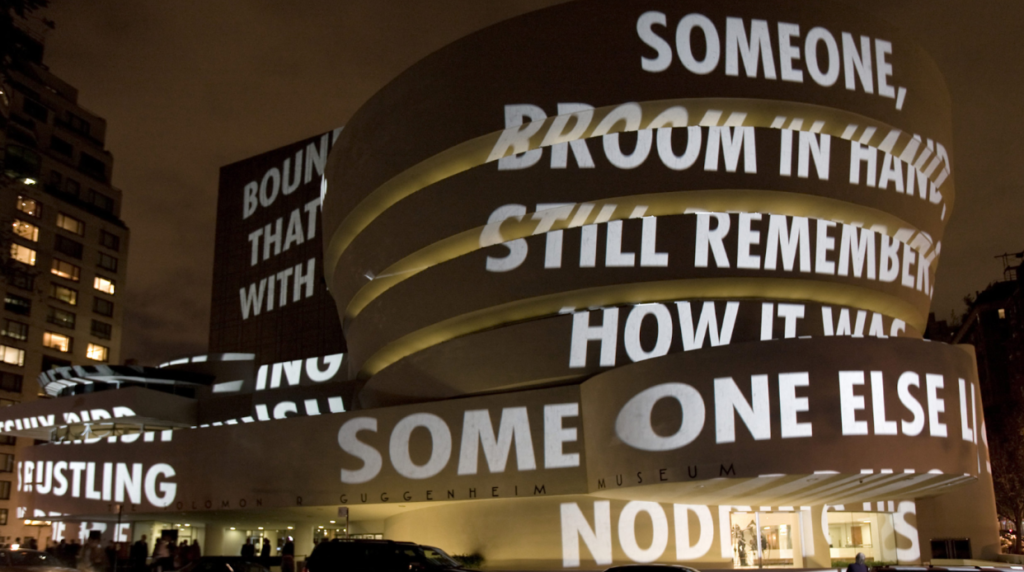
6. Photorealism
When executed well, photorealism can be a jaw-dropping demonstration of technical skill, precision, and attention to detail with works of art that are so lifelike that they almost appear to be photographs themselves.
Photorealistic works often have an almost hyperreal quality to them, with colors, textures, and forms reproduced in exacting detail. Artists use advanced techniques like airbrushing
and layering, photorealists to create images that capture the minutest details of the subject.
Often using photographs as source material, artists will spend hours studying and analyzing these images to capture even the smallest details and depict them in their artwork.
Some of the most celebrated photorealist artists include Chuck Close, Richard Estes, and Audrey Flack. American painter Close’s works often consist of large, grid-like compositions in which individual cells are filled with intricate details and vivid colors. Big Nude (1967) was his first painting that he completed using his signature grid process.
American artist Estes’s works often depict cityscapes and urban scenes, such as storefronts, street corners, and parks. One of his most recognizable and impressive works is Telephone Booths (1967), the acrylic and Masonite painting that hyper-realistically depicts a row of telephone booths on a street corner in New York City.
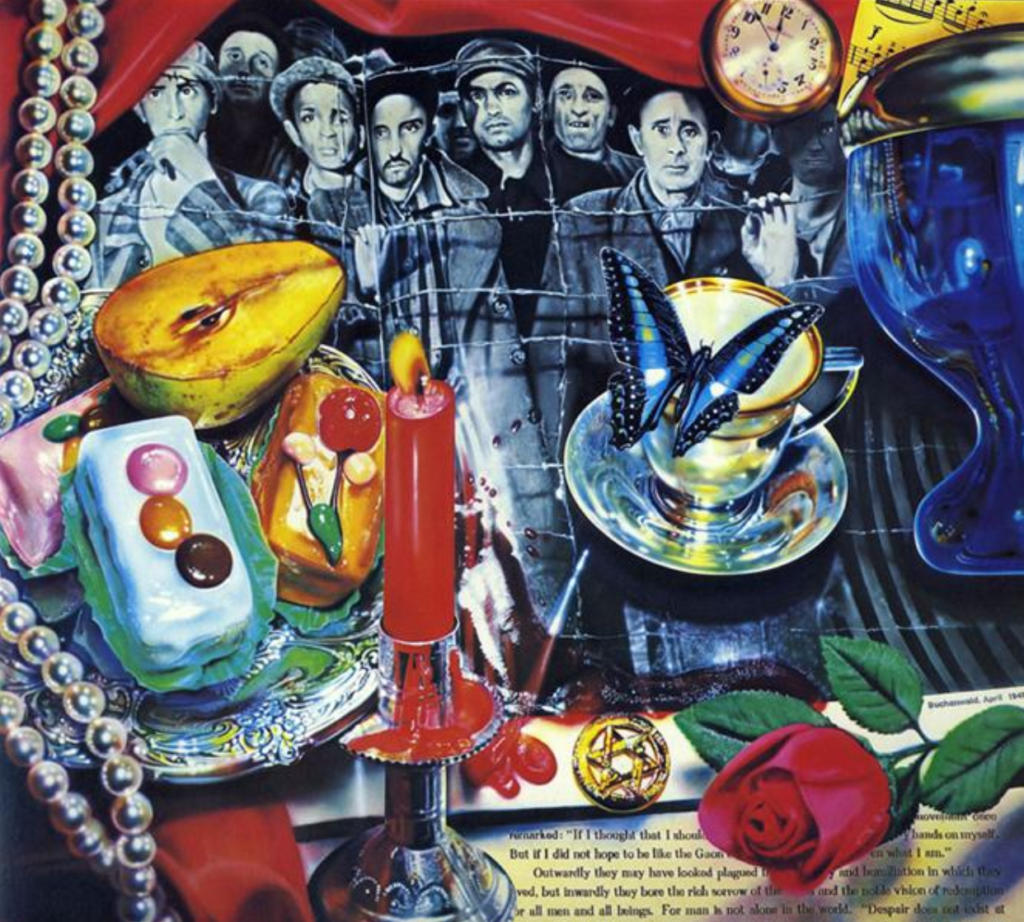
Flack is an American artist and sculptor who is internationally acclaimed as a pioneer of photorealism. Flack’s most famous works demonstrate her technical skill and ability to capture the essence of common objects, as seen in her most notable works, World War II (Vanitas) (1976–77) and Wheel of Fortune (Vanitas) (1977–78).
What’s your favorite contemporary art movement?

